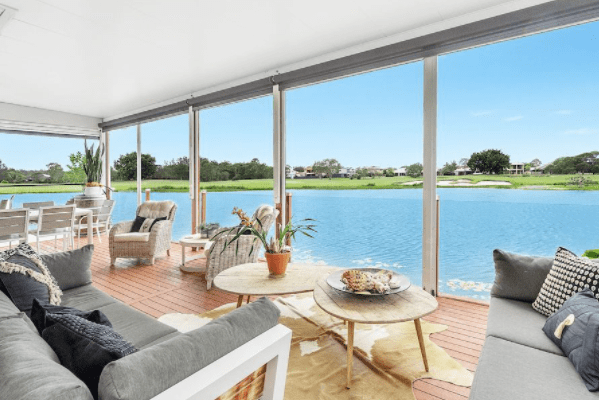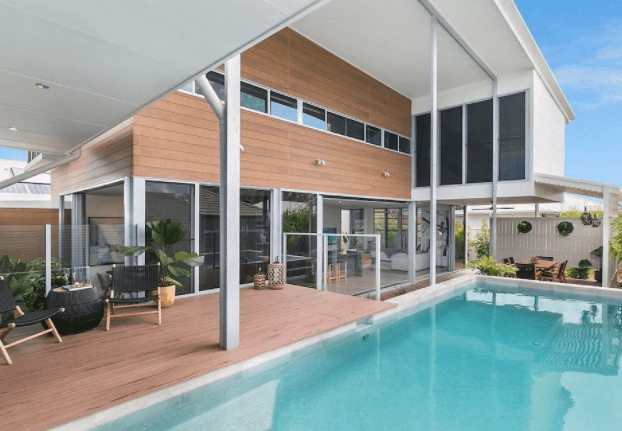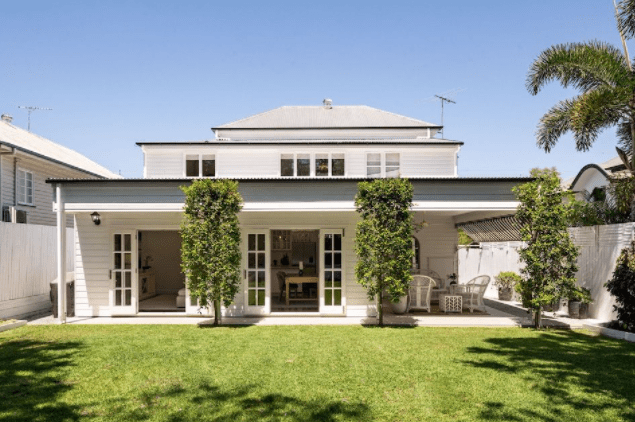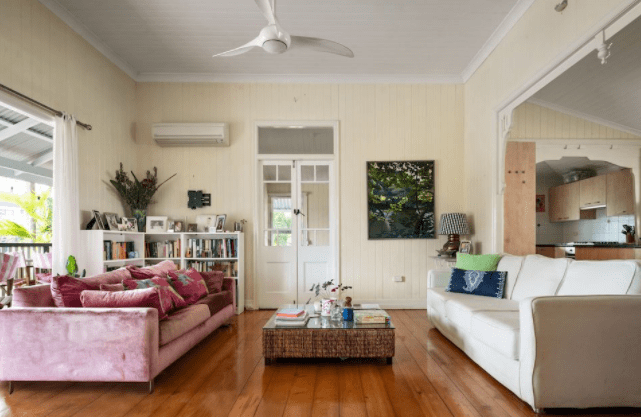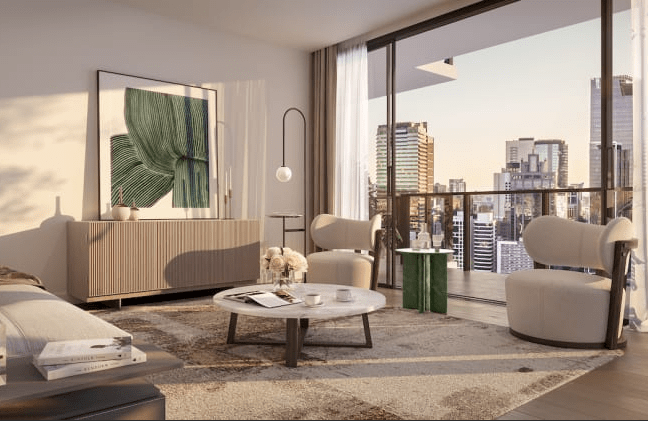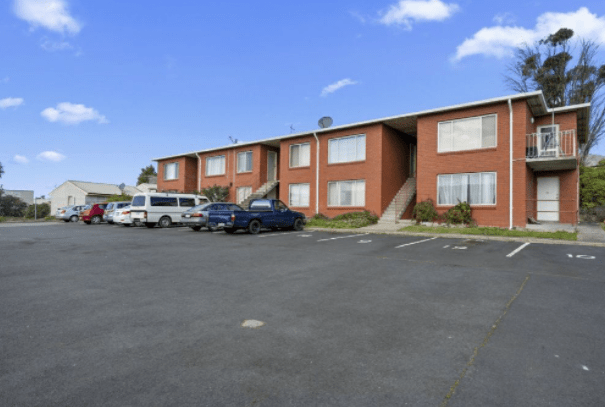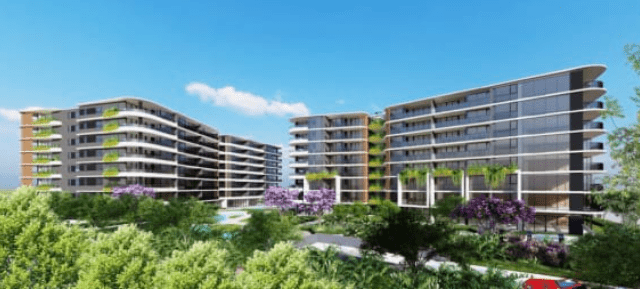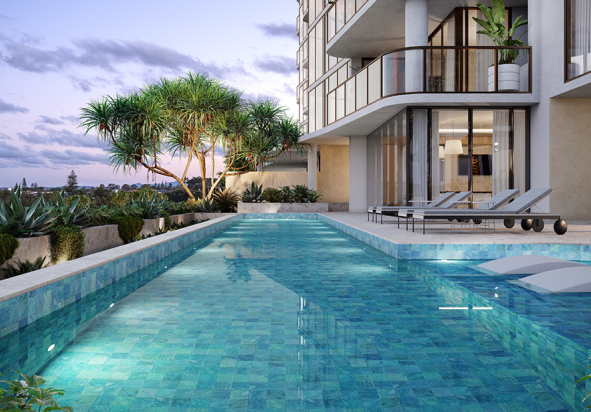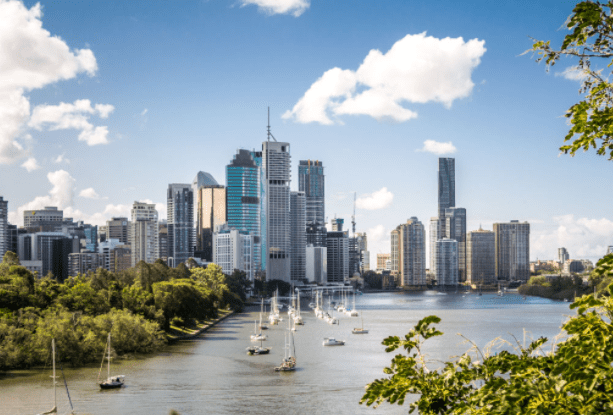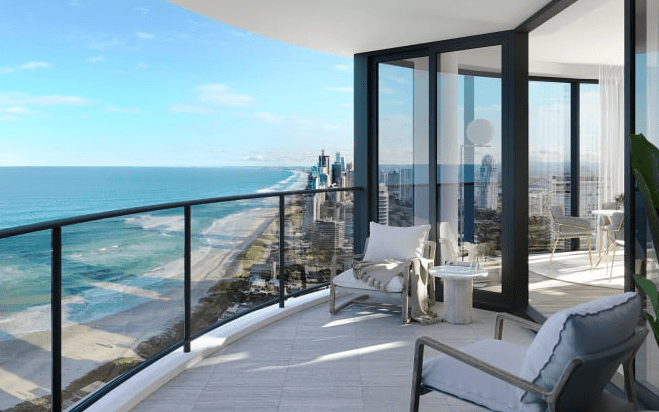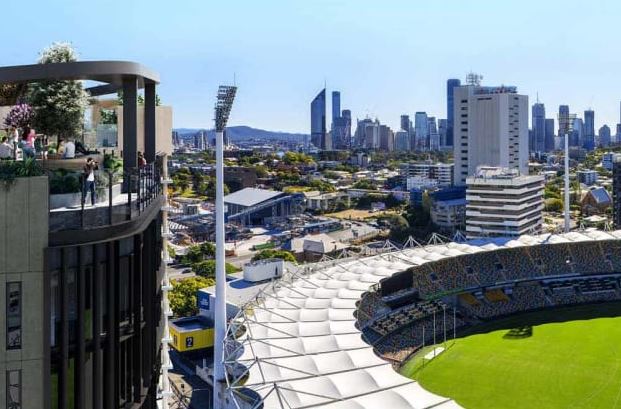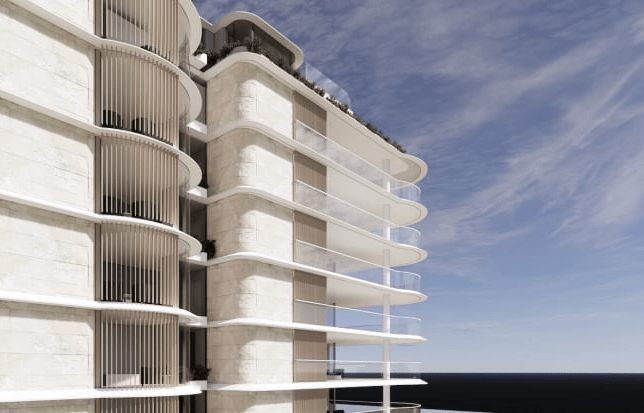Think tanks, universities and the social services sector have warned Australia’s lowest income earners face a shortage of affordable housing for decades unless the federal and state governments work together on a multibillion-dollar investment in social housing.
Two separate reports from the Grattan Institute and the Australian Council of Social Service and University of NSW released on Monday said up to $20 billion needed to be sunk into low-cost housing to make up for a two-decade shortfall that is now being exacerbated by a huge increase in property prices.
House prices have climbed by almost 22 per cent over the past year with the median price in Sydney now beyond $1.3 million while in Melbourne it is approaching the $1 million mark.
Research by the ANZ and CoreLogic last week found saving a deposit for a home was now at record levels, with the average household requiring more than a decade to save a 20 per cent deposit.
The rental market is now being affected with increases across much of the country especially in regional areas, which have also recorded record lifts in median house prices.
The independent Grattan Institute said there were about 430,000 social housing properties – where the rent is capped at 25 per cent of an occupant’s income – with no change in the number over the past 20 years. Over that same period, Australia’s population has grown by a third.
It believes a $20 billion social housing fund, overseen by the Future Fund, could provide a revenue stream from its investment earnings that would provide the revenue to build an extra 3000 social housing units a year in perpetuity. The federal government could force states to match the contribution.
By the end of the decade, an extra 24,000 homes could be in place.
Grattan’s director of economic policy program, Brendan Coates, said whichever side of politics won next year’s federal election had to sharply lift investment in social housing without which the nation’s most vulnerable would face long-term financial pain.
“Australia has a housing crisis. Australians are spending more of their incomes on housing than in the past. Poorer people are feeling the pinch most,” he said.
“Many low-income renters are living in poverty, and many more are suffering financial stress. Inequality is increasing, and more Australians are becoming homeless.”
Separate research by the ACOSS/UNSW Poverty and Inequality Partnership found the Victorian, Queensland, Tasmanian and West Australian governments have promised 23,000 social and community housing units over the next few years.
But there are 155,000 households registered on social housing waiting lists across the country and even the state government promises were only for the short term, with no ongoing commitment to lift investment in the sector.
The research found rental stress was increasing and by August rents were growing at 8 per cent, their fastest rate since 2008 and almost four times the pace of wage growth.
The associate director of UNSW’s City Futures Research Centre, Professor Hal Pawson said the states alongside the federal government had to increase their investment across the sector.
“State governments generally responded well in their emergency actions to help homeless people and protect vulnerable renters during the worst of COVID. And to their credit, some have gone much further by pledging billions for short-term social housing investment,” he said.
“But there is little sign of any positive legacy on the systemic reforms and Commonwealth government re-engagement is fundamentally needed to fix our housing system.”
ACOSS chief executive officer Cassandra Goldie said pressure on low-income earners for housing was growing.
“Community organisations across the country are telling us about the growing levels of despair experienced by people trying and failing to find affordable accommodation for their families in both metropolitan and regional areas,” she said.
Article Source: www.brisbanetimes.com.au
from Queensland Property Investor https://ift.tt/3piuPBU
via IFTTT
